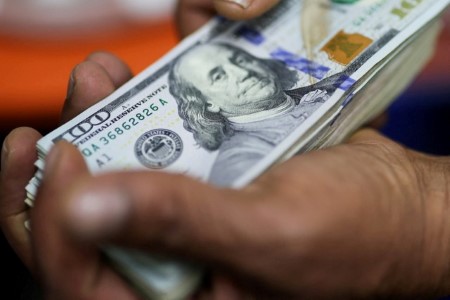

INSIGHTS 

INVESTMENT STRATEGY
THE BASICS
DOWNLOADS 

 DOWNLOAD
DOWNLOAD

 DOWNLOAD
DOWNLOAD

 DOWNLOAD
View all Reports
DOWNLOAD
View all Reports


Economic Updates
Monthly Economic Update: One for the road
 DOWNLOAD
DOWNLOAD

Economic Updates
Inflation Update: Still low, still slow
 DOWNLOAD
DOWNLOAD

Economic Updates
Philippines Trade Update: Exports momentum continues
 DOWNLOAD
DOWNLOAD
Follow us on our platforms.


Rates & Bonds
3 MIN READ
Yields rise as retail sales improve, stocks rebound

This article originally appeared on reuters.com





 By Reuters
By Reuters